Minnesota has robust technology infrastructure with appropriate privacy controls for internal and external data sharing. Examples of public portals include the Minnesota Geospatial Commons, Transparency Minnesota, the Statewide Longitudinal Education Dataset, and the open data catalog.
Minnesota’s Statewide Longitudinal Education Data System and Early Childhood Education Data System match administrative education and employment data from five state agencies. Together, these two systems form a P-20 education data system, which captures, analyzes, and uses student data from preschool to high school, college, and the workforce. The agencies created a public tool to allow for analysis of aggregate-level educational data, including the ability to look at disparities in educational achievement, college graduation rates, employment, and other indicators.
The Evidence Base Demographics data tool, launched in late 2020, provides information on the demographic composition – race, ethnicity, socioeconomic status, or education, for example – of the people included in studies that are reported by national research clearinghouses, regardless of where they are located. It also allows users to dig into the Minnesota Inventory, providing access to data that can help illustrate who is reflected in the evidence base and whether specific groups and constituencies are represented.
